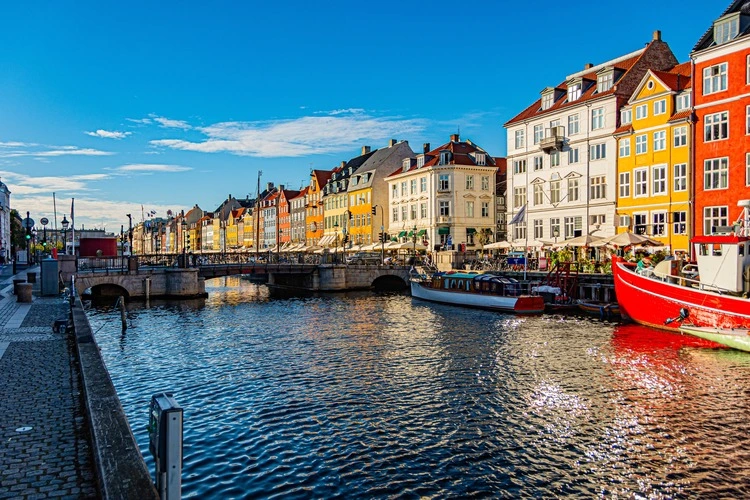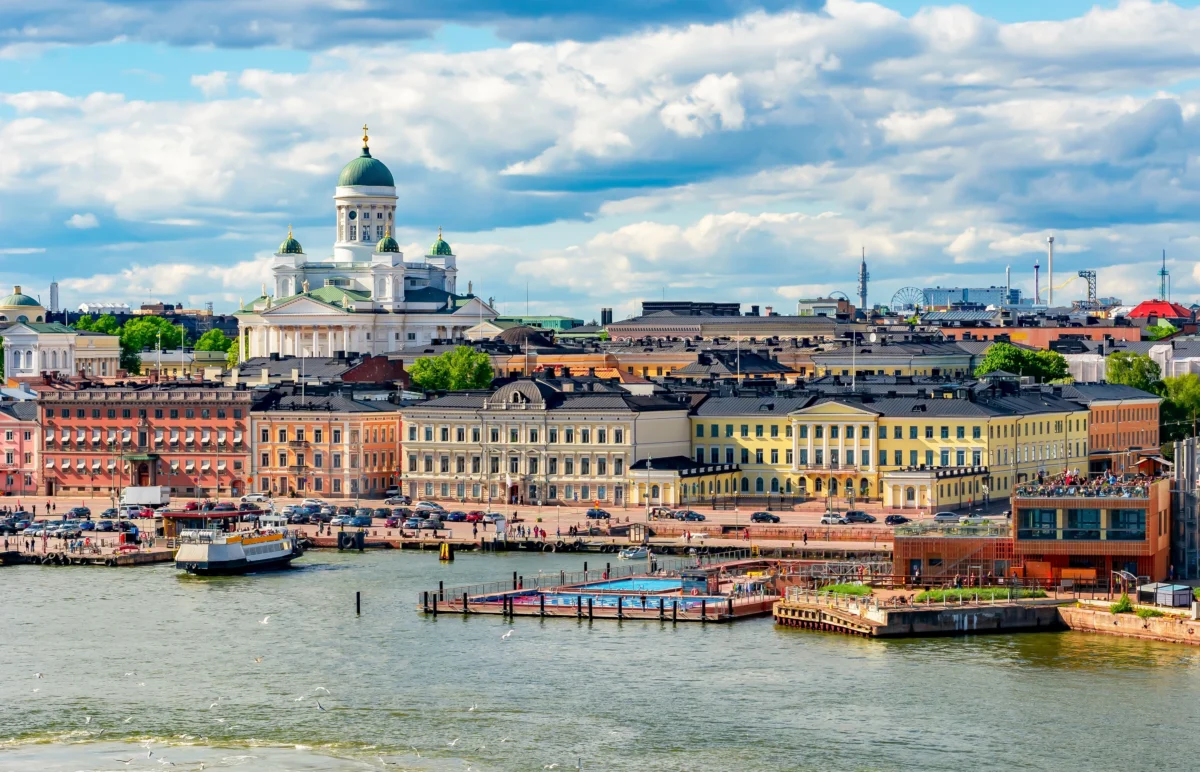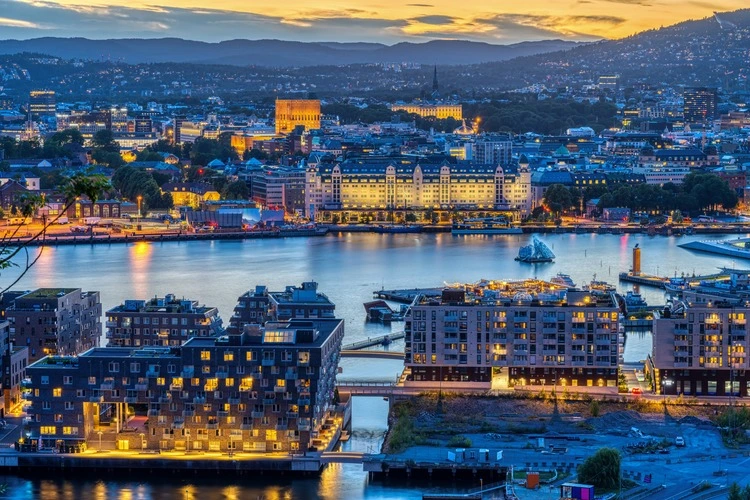
Discover the countries best to live in as the effects of climate change continue around the globe, according to ND-GAI rankings…
By
As the planet warms and landscapes become altered from the impacts of climate change, is there anywhere that can escape its clutches – or at least fare better in the wake of dramatic environmental changes?
Ultimately, climate change is an impossible reality to escape. It affects the entirety of the planet, contributing to a plethora of ill-effects for communities across the globe: from those in urban cities reeling from the losses of the latest wildfires in California, to remote Indigenous communities in the far-reaching regions of the Arctic, grappling with changes in sea ice and increasing temperatures. Attempting to move away from the climate emergency of our planet is, unfortunately, futile.
Enjoying this article? Check out our related reads:
None of the countries below are free from the impacts of climate change, but factors including progressive climate policies and mitigation efforts are strong indicators toward being impacted the least from the changing climate.
The rankings are taken from the most recent Notre-Dame Global Adaptation Index (ND-GAI), which summarises a country’s vulnerability to climate change across six sectors (including food insecurity, water scarcity and infrastructure damage) as well as its ability to improve resilience. The higher a country’s score, the better, indicating it is less vulnerable to the impacts of climate change and possesses greater readiness to adapt in the event of significant climate issues.
Below are the top five countries of the 2024 ND-GAI:
4) Singapore

One of the main ways that Singapore possesses such a high ND-GAI ranking is due to its strong urban planning, giving it the status as a ‘leader in green urban development’. In recent years, the government has pushed policies that ultimately reduce dependency on private vehicles, push for electric vehicles and overall create a sustainable urban transportation system. There are even talks that autonomous buses and shuttles will become a feature of the country.
Despite being the smallest country by surface area in Southeast Asia, Singapore has relatively high per-capita emissions. But urban planning has also played in crucial role in mitigating that, with plans to implement a centralised cooling system to regulate household temperatures versus the less energy-efficient alternative to individual conditioning units.
The city-state is also full of vegetation: in 2020, 47 per cent of Singapore was covered in green space.
4) Denmark

Ranked jointly with Singapore in the ND-GAI index, Denmark is a leading force in climate protection measures. The country became the first in the world to introduce a livestock emissions tax in the hopes of restoring agricultural lands, and has announced climate change targets with proposals to reach net zero by 2045 instead of 2050, and reduce CO2 emissions nationally by 110 per cent.
In this year’s Climate Change Performance Index – which evaluates 63 countries and the European Union on their climate protection measures – Denmark ranked highest out of all surveyed, making it a potential strong location to live in a world fraught with climate mismanagement.
3) Switzerland

At number three is Switzerland, whose largest city – Zurich – is one of the top European cities fighting air pollution to help mitigate climate change. Policies implemented by the country such as manure management and adapted measures for livestock production have helped to reduce levels of pollutants: for example a 16.7 per cent reduction in methane emissions between 1990 and 2015.
Switzerland also created a legally binding target to achieve net zero emissions by 2050 under the Switzerland Climate Protection Act, taking the rating of its net zero targets from ‘average’ to ‘acceptable’ under the Climate Action Tracker. Such measures help strongly position the European country as one of the best places to live amid climate change.
However, although there is no fossil fuel production in the country, Switzerland still contributes to production of these planet-polluting energy sources elsewhere – many Swiss banks and insurance companies finance fossil fuel production abroad.
2) Finland

Finland takes second place for its ND-GAI ranking, and aims to be carbon neutral by 2035. The country already has a relatively low fossil fuel use, with 36 per cent of its total energy supply in 2021 coming from the non-renewable resource compared to a 70 per cent average for other International Energy Agency (IEA) members.
One reason for its lower uptake of fossil fuels is its use of nuclear power – it is home to the third most powerful reactor in the world, and largest nuclear reactor in Europe, Olkiluoto 3 (OL3). It began operations in 2023 and is set to produce for at least 60 years. Such a focus on renewable energy sources helps push the country higher up ND-GAI rankings.
Despite these measures, the country still faces a significant decrease in the number of forests – used as vital carbon sinks – due to excessive logging.
1) Norway

At number one is Norway, with the highest ND-GAI ranking. The country is one of the least fossil-fuel-dependent nations on the planet, already generating more than 95 per cent of its electricity using renewable hydropower alone, and is experiencing a rapid growth in electric vehicles and construction machinery.
Norway is also one of the richest countries in the world by GDP per capita, meaning it possesses adequate finance to be used in climate projects and environmental research, thus making it more ready to respond to any changes in the climate.
But although the country is making many progressive steps to better the planet, it is still one of the world’s largest oil and gas exporters. Some experts lobby for Norway’s climate policies to include not just emissions on its own territory, but that of the countries it exports to – underscoring how interconnected the issue of climate change is.



